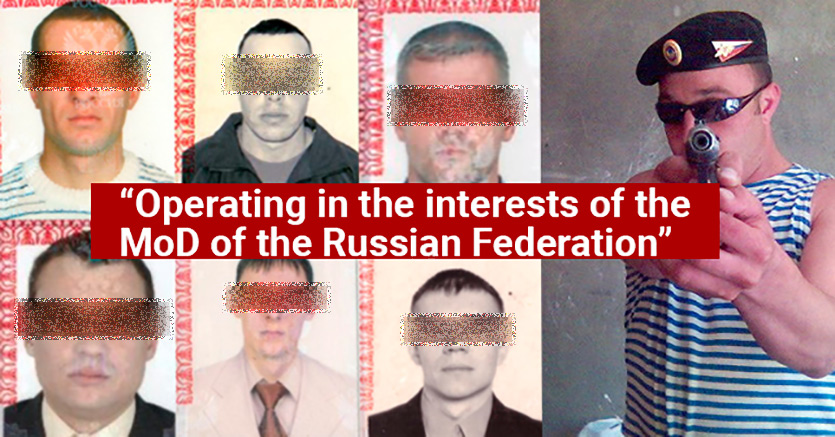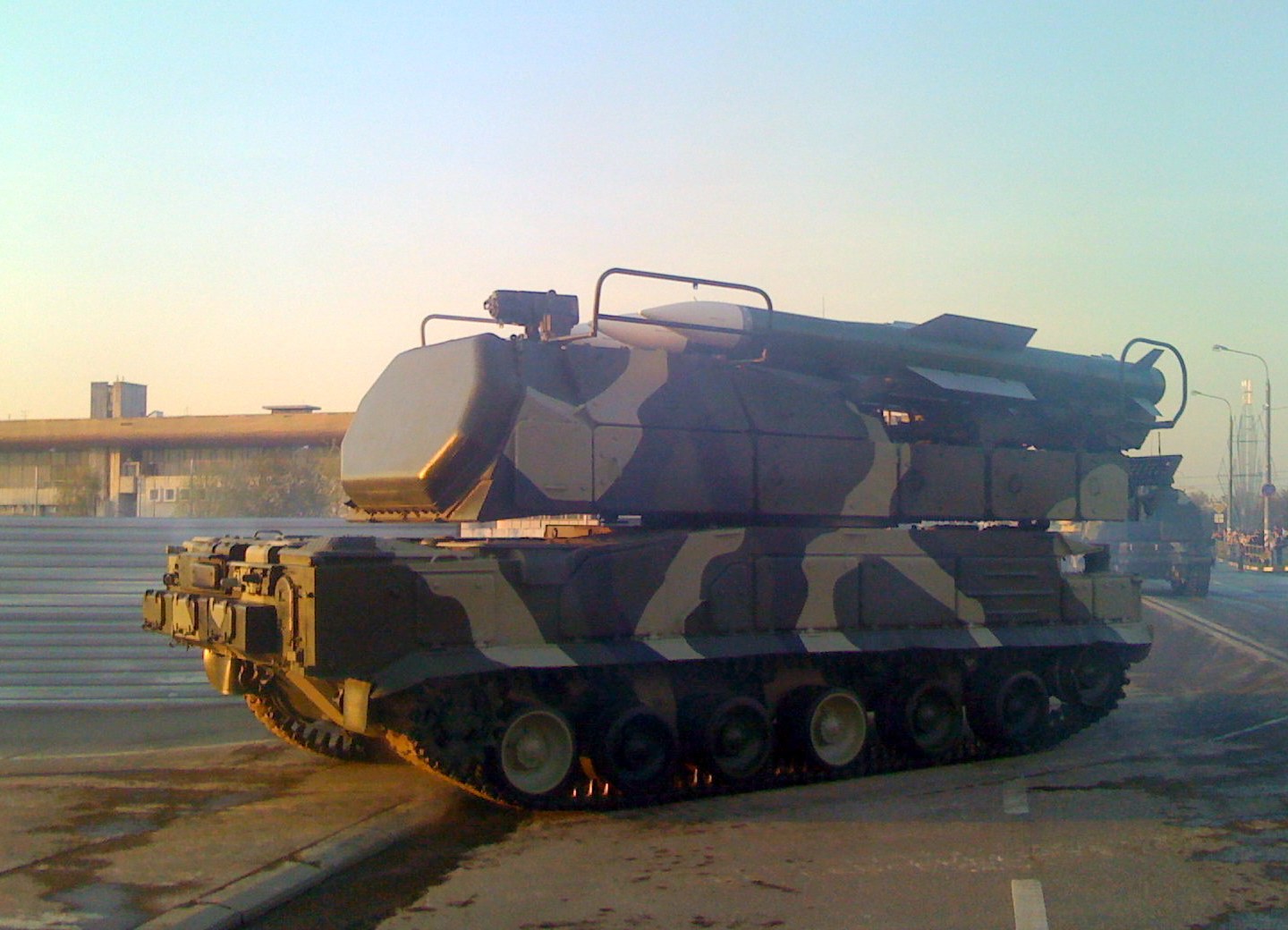“I have now handed over to the new prosecutor’s office… text on sexual crimes in the conflict zone. Among the people whom I released, a lot of men and women complained that had become victims of gang rape… (w)hen we took back people with their hands severed, when we took people with their genitals severed, things like that can’t be forgiven.”
These are the words of Iryna Herashchenko, a Ukrainian MP for European Solidarity, from a June 11 interview for the TV channel 1+1. This testimony sheds only a glimmer of light on the hidden epidemic that has erupted along with the war in Eastern Ukraine. Lawlessness and the sense of impunity, particularly in the early chaotic phase of the conflict, brought about a sharp increase in the cases of conflict-related sexual violence (SV).
While the views of human rights organizations differ on the scale and strategic intent of SV, there is no doubt that this remains one of the most pressing and overlooked issues of the conflict. According to a report by Justice for the Peace in Donbas (JPD), every third woman and every fourth man in the hostilities area encountered conflict-related SV.
As defined by the World Health Organization, sexual violence includes not only rape or attempted rape but also “psychological intimidation, blackmail or other threats — for instance, the threat of physical harm” to extort sex. It can also mean forced pregnancy or forced sterilization, mutilation of genitals, and forced prostitution.
Both sides have been party to these crimes, and both have shown severe shortcomings in investigating them and in helping victims. In turn, the survivors of SV rarely come forward, fearing stigmatization and shame. However, a network of volunteers and NGOs, as well as international organizations, are trying to expose at least a fragment of the actual extent of conflict-related SV.
Conflict-related sexual violence in Donbas

The first year of the conflict was marked by instability and moving frontlines, as some areas were repeatedly lost and recaptured by the warring parties. On the Russian-separatist side, the power was divided among a number of armed groups which competed even against each other for prestige and territory. This phase of the war was therefore defined by chaos, lawlessness, and nearly complete impunity of the combatants. Cases of SV surged as a result.
Sexual violence was prevalently aimed against the most vulnerable. Around 61% of the female SV survivors were displaced and single or widowed young women, while the perpetrators were young men, whose identity was unknown to the victims. This puts it in contrast with the more common type of sexual violence, where the perpetrator is a known person or a partner. It also directly connects the surge in sexual violence to the outbreak of the war, lawlessness and displacement of civilians.
Illegal detention centres were one of the most common crime scenes of the SV perpetrated by the pro-Russian armed groups. According to Eastern Ukrainian Center for Civic Initiatives (EUCCI) and the International Federation for Human Rights (FIDH), sexual and gender-based violence took place most likely in 42 out of 200 such known facilities.

The manner of violence in these places differed based on the sex of the victim, while women were the more common target. Rape was by far the most prevalent type of SV, but female victims also experienced threats of rape, forced prostitution, and sexual slavery. Sometimes these acts were committed simply for sexual gratification, but often they served as a punishment for misbehavior or for political stances.

Male victims had to endure rape with batons, castration, torture, and mutilation of genitals. Common occurrences were threats of rape against female family members.
For example, on July 1, 2014, in the occupied part of the Donetsk Oblast, a group of anti-government fighters from the “NKVD Komendatura” arrested a local man. He was demanded to relinquish all of his property to the leader of the group. If he would not cooperate, Chechen fighters would bring his wife and underage daughters and rape them in front of him. The man complied.

Even the state of the detention centers constituted a crime against humanity and human dignity. As was reported in at least 22 facilities, men and women were not in separate cells, while instead of a toilet they were provided with a single bucket. According to one testimony, at one point there were 39 people, both men, and women, imprisoned in a single cell. Sometimes there was no access to showers or basic toiletries and no account was taken of women’s hygiene needs.
Similarly, there have been many cases of sexual violence committed by pro-Ukrainian combatants. While the cases perpetrated by individual soldiers for sexual gratification or extortion differ little from those committed by the Russian-separatist fighters, there are differences in the use of systematic SV.
This happened also primarily in “unofficial” detention centers but targeted mostly young and middle-aged men, meaning actual or suspected separatist fighters. Beatings and electrocution of genitals were common methods of interrogation. In some cases, however, the interrogators also used threats of rape against female family members. Several women suspected of supporting the Russian-separatist side were also subjected to forms of SV, such as rape threats.
Sexual violence as a weapon of war?

OHCHR documented a number of cases from the surge of sexual violence between 2014 and 2015. While its 2017 report admits the gravity of the issue, even labeling some cases as war crimes, it also states there is no reason to believe that sexual violence has been used by either side for tactical or strategic goals. According to the report, the use of SV was not methodical nor prevalent enough, and accusations of sexual violence being used systematically were more likely propaganda tools.
Oddly enough, the report itself showcases examples of SV being used to punish enemy combatants or supporters. This can be considered, at the very least, a tactical step in psychological warfare. Later research by several NGOs also contested the approach and some of the conclusions of OHCHR’s report.
In fact, JPD’s research demonstrated that in the majority of cases, sexual violence targeted supporters of the opposing warring party. For Russian-separatist captors, this included not only captured soldiers of the Armed Forces of Ukraine, but also civilians suspected of supporting the troops or of taking part in hostilities on the Ukrainian side. Locals from Luhansk and Donetsk oblasts who joined pro-Ukrainian forces were especially mistreated.
Women were accused of assisting the Ukrainian forces from behind the lines, either as saboteurs, snipers, or spies. Any suspicion was sufficient for inflicting the most brutal punishment. Taking a few pictures on a cell phone was sometimes enough to cause imprisonment on espionage charges – and the consequent torture, humiliation, and rape.
Voicing support for Euromaidan Revolution or the Kyiv government, criticism of the so-called “republics” or Russia, membership in Ukrainian nationalist groups, even affiliation with undesired religious groups — Protestants, Greek Catholics, members of the Ukrainian Orthodox Church — or any other manner of opposition to the regime was sufficient to be branded as an enemy of the “state.” And to be inflicted with the most brutal punishment in the form of sexual violence.
Government actors and pro-Ukrainian combatants – mainly SBU officers and members of the volunteer battalions – also used sexual violence to punish or intimidate real or alleged Russian-separatist supporters. The SBU played a particularly important role in this regard, as it coordinated counter-terrorist actions in the Donbas conflict zone and often acted without oversight. In other cases, perpetrators or co-perpetrators included members of the Ukrainian Armed Forces, National Police, National Guard, and other security branches. Most of the cases happened in the early phase of the war in 2014-2015.
As the sexual violence in the Government’s detention centers largely targeted men, it suggests selective use of SV against enemy combatants and supporters.
The response by the Government and the Russian-separatist “republics”

It is difficult to compare the scale of sexual violence perpetrated by both sides. A 2021 report from OHCHR listed that 4.6% of the people detained by the Ukrainian state were subjected to sexual violence, while in the case of the Russian-separatist side it was 3.9%. As the authors admit themselves, these numbers are not representative, particularly in the latter case, due to the victims’ fear of reporting the crime and the difficult access to reliable data.
Conversely, the vast majority of those interviewed by JPD experienced sexual violence from the Russian-separatist forces. Since this research was taken on the Government-controlled territory, some SV survivors may have not come forward due to the fear of reprisals by the Government soldiers.
The cases of conflict-related SV began to decrease steadily after 2015, together with the stabilization of the Government’s control in the Donbas conflict zone and centralization of the so-called leaderships of the Donetsk or Luhansk “People’s Republics” “DNR” and “LNR.” This does not mean that the issue disappeared, however. Sexual violence against POWs and civilians continues to this day. While the Government terminated its “unofficial” detention facilities by 2017 — a significant step against incommunicado arrests and systematic sexual violence — it has not stopped the cases of SV by its actors completely.
The “DNR” and “LNR” security services continue to operate their illegal detention facilities, along with widespread torture and abuse. Sexual violence continues as well, though even here there seems to be a decrease compared to 2014-2015.
The situation in the Russian-separatist “republics” is aggravated by the regimes’ approach towards sexual violence and the gender roles and women’s rights in general. In the words of the former separatist commander Aleksey Mozgovoy:
“A woman has to be the keeper of the domestic fire, a mother. […] If you want to stay honest and loyal to your husband, stay at home and do embroidery. Sit at home, bake pies and celebrate 8 March. It is time to remember that you are Russian! It is time to remember about your spirituality!”
The social policies of the “DNR” and “LNR” perpetuate clear gender roles, which in women’s case means raising children, taking care of the household, being obedient and modest. As a result, victims are often blamed for causing the rape themselves, by being dressed inappropriately or being in a bar or a café instead of at home with their parents or a husband. Sexual crimes are investigated and punished only selectively. Most often investigations serve as a pretext to eliminate leaders and members of the armed groups that went out of favour, or for another political and ideological purpose.
Unlike in the case of the Russian-separatist “republics,” OHCHR noted an “honest effort” by the Ukrainian government to investigate the cases of civilian abuse in the conflict zone. Between 2014 and 2020, military prosecutors opened 757 investigations into crimes against civilians committed by the Government actors, 249 of which resulted in convictions. Sexual violence only represents a small minority of the investigated crimes, however. For example, of 417 criminal cases investigated by the police in the conflict zone between 2014 and 2018, only four were rapes.
In October 2019, the Office of the Prosecutor General created the Department for Oversight of Investigation of Crimes Committed in the Situation of Armed Conflict to ensure proper investigation of conflict-related crimes. This department investigated numerous abuses committed by the Russian-separatist groups in illegal detention centers, such as in the infamous Izolyatsia prison. In contrast, the OHCHR noted a lack of similar efforts in investigating crimes committed in the Government’s former “unofficial” detention facilities.
First public photos of Russian-run Donetsk concentration camp leaked online
Despite the Department’s investigations, some victims still face obstacles when seeking justice for abuses by the Russian-separatist forces. According to Volodymyr Shcherbachenko from EUCCI, Ukrainian lawyers and investigators often dissuade victims from reporting these crimes. They consider legal proceedings a hopeless effort, either for the lack of solid evidence or for the inability to punish perpetrators from the “DNR” or “LNR”.
Legal experts point out the unpreparedness of the Ukrainian justice system for the conflict-related SV, as well as inconsistencies between the Ukrainian legislation and international law. According to Ukrainian MP Nelly Yakovleva, a major obstacle lies in Ukraine not formally joining the International Criminal Court:
“Ukraine has not yet ratified the Rome Statute, so the Ukrainian legislation does not contain the classification itself – rape, forced undressing, forced pregnancy, forced sterilization – which is provided for by the Rome Statute.”

As a result, victims are unlikely to come forward – they have to face the social stigma and shame as rape survivors while having little hope of achieving justice.
It is usually up to NGOs and volunteers to step in where the Government fails to act. Grassroots women’s initiatives spring up along the conflict line to share experience and help victims deal with the consequences. While these efforts are invaluable in providing psychological and physical aid, and in informing on these events, it is only up to the Government to ensure proper investigation and administration of justice.
Conclusion

The early phase of the conflict was marked by a sharp rise of sexual violence, perpetrated both by individual soldiers for sexual gratification or extortion and systematically by the warring parties. It has been used intentionally and on a large scale against real or perceived enemies to punish or interrogate them.
Their illegal facilities continue to operate, and prisoners remain cut off from the rest of the world and at complete mercy to their captors. The report by Iryna Herashchenko indicates that the most gruesome kinds of sexual violence continue to be perpetrated against Ukrainian soldiers and supporters.
Many in the Ukrainian justice system show a lack of will to investigate past crimes, especially those committed by the Government actors. If this approach does not change and comprehensive legal reform is not instituted, it will perpetuate the atmosphere of impunity for the offenders, and of fear and stigma for the victims. Many of the crimes will thus remain unreported and unpunished.
Given the abysmal human rights record of the “DNR” and “LNR,” it is unlikely to expect an honest reform aimed at stifling illegal detentions, torture, and sexual violence. It is only up to the international community to put pressure on their leadership and on Russia to cease these inhumane practices. The Ukrainian justice system must also stop dissuading their victims from seeking justice, and instead create an atmosphere of security and trust by providing aid and genuinely investigating these crimes.








